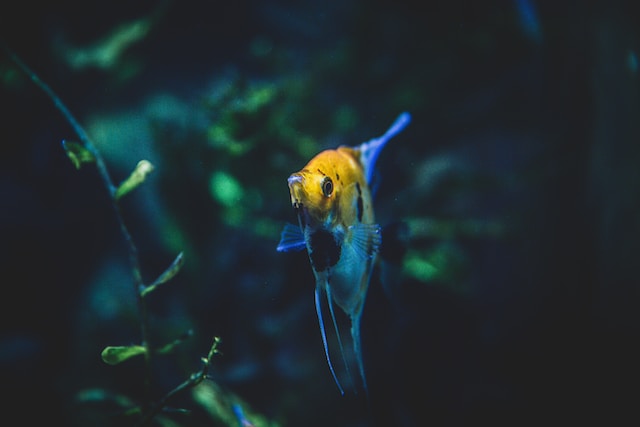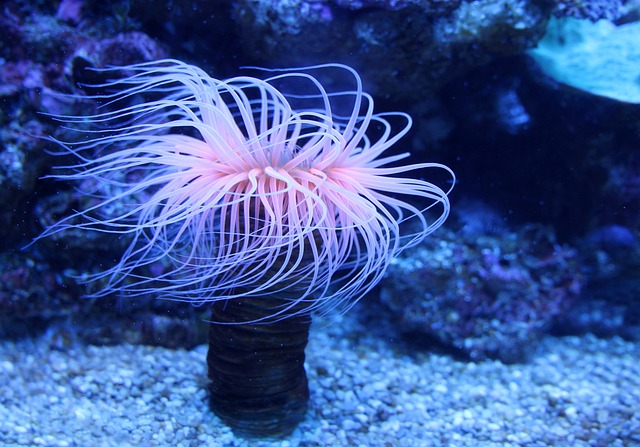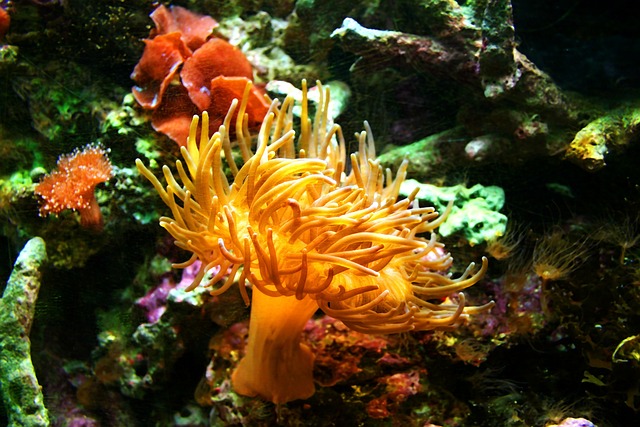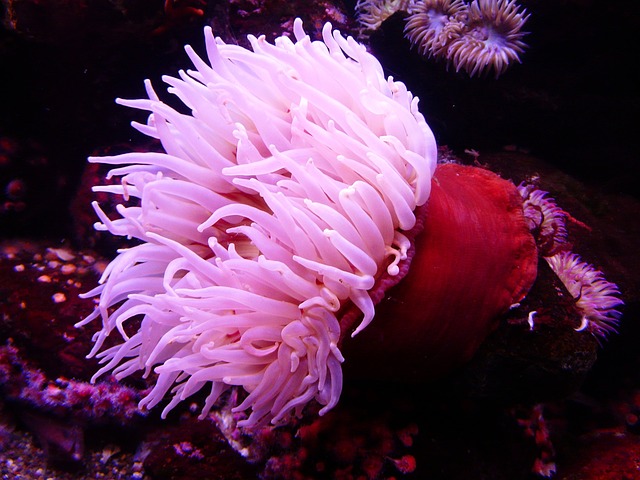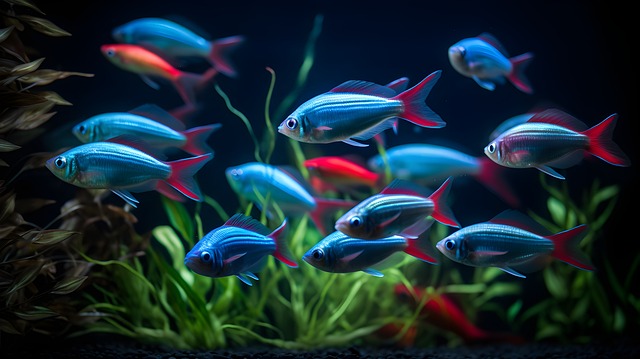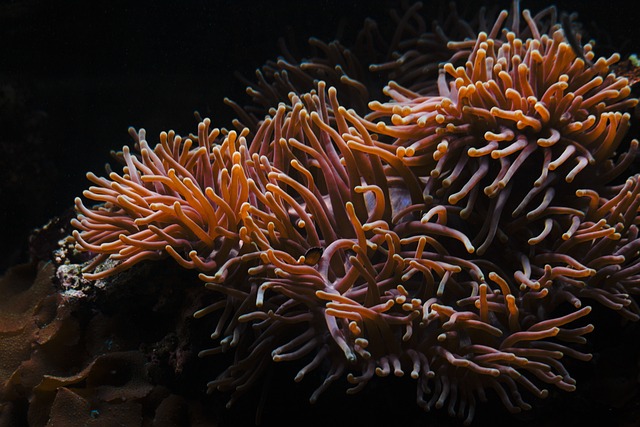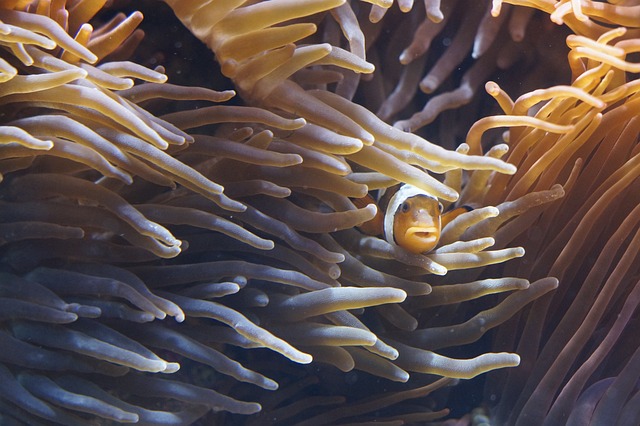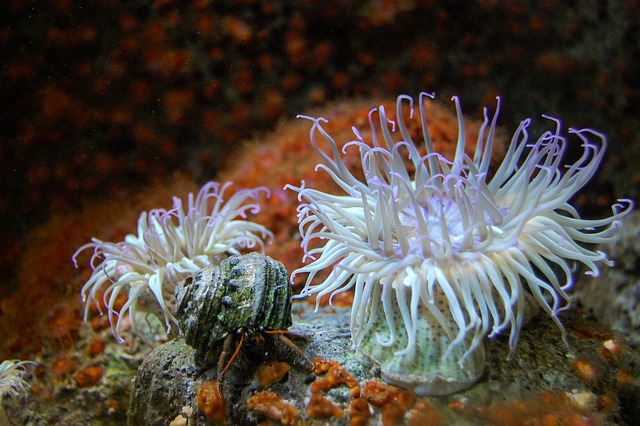Angelfish are a popular species of freshwater fish known for their unique shape and vibrant colors. However, like any other fish, angelfish can experience health problems affecting their well-being. One common issue that angelfish owners may notice is their fish breathing hard.
Breathing hard, also known as labored breathing, can indicate a serious health problem in angelfish. Various factors, including poor water quality, low oxygen levels, or bacterial or parasitic infection, can cause this symptom.
Angelfish owners need to understand the potential causes of labored breathing in their fish to take appropriate measures to address the issue and ensure their fish remain healthy.
Understanding why angelfish may be breathing hard is crucial for their health and well-being. By identifying the potential causes of labored breathing and taking appropriate measures to address the issue, angelfish owners can help ensure their fish remain healthy and vibrant.
Possible Causes
Water Quality
When an angelfish is breathing hard, the first thing to check is the water quality. Poor water quality can cause stress and respiratory problems in fish. Some possible water quality issues that could be causing the angelfish to breathe hard include:
- High levels of ammonia or nitrite
- Low levels of pH or oxygen
- High levels of nitrate
- High levels of dissolved solids
To check the water quality, use a test kit to measure the ammonia, nitrite, nitrate, pH, and oxygen levels. If any of these levels are outside of the recommended range, take steps to correct the problem.
Temperature
Another possible cause of an angelfish breathing hard is temperature. Angelfish are tropical fish and require water temperatures between 75 and 82 degrees Fahrenheit.
If the water is too cold or too warm, the angelfish may start to breathe heavily. The ideal temperature for angelfish is around 78 degrees Fahrenheit.
To check the water temperature, use a thermometer. Adjust the heater accordingly if the water temperature is not within the recommended range.
Oxygen Levels
Lastly, low oxygen levels in the water can also cause an angelfish to breathe hard. Angelfish require well-oxygenated water to breathe correctly.
If the oxygen levels are low, the angelfish may breathe heavily or even gasp for air at the water’s surface.
To increase oxygen levels, consider adding an air stone or increasing the surface agitation of the water. This will help to oxygenate the water and provide the angelfish with the oxygen it needs to breathe properly.
Continuously monitor the water quality, temperature, and oxygen levels regularly to ensure they are within the recommended range for angelfish.
Symptoms
Angelfish are known for their delicate nature and susceptibility to various diseases and infections. One common symptom that owners may notice is when their angelfish is breathing hard.
This can be a sign of an underlying health issue that requires prompt attention. The following subsections outline some common symptoms accompanying hard breathing in angelfish.
Behavioral Changes
Angelfish that are breathing hard may exhibit changes in their behavior. They may become more sedentary and less active than usual.
They may also spend more time at the bottom of the tank and avoid swimming to the surface. Additionally, they may lose their appetite and refuse to eat, leading to further health complications.
Physical Changes
In addition to behavioral changes, angelfish breathing hard may also exhibit physical changes. They may have swollen or bloated bellies, indicating an internal infection.
They may also have discolored or frayed fins, indicating fin rot or bacterial infection. Additionally, they may have white or gray patches on their skin, which can signify a fungal infection.
It is important to note that other factors, such as poor water quality or stress, can also cause these symptoms. Therefore, it is essential to monitor your angelfish closely and seek veterinary care if their symptoms persist or worsen.
Treatment
Isolate the Fish
If the angelfish shows signs of illness, it is important to isolate it from other fish in the tank to prevent the spread of disease. A separate quarantine tank can be set up with fresh, clean water.
The tank should have a heater and a filter to maintain the appropriate water temperature and quality.
Adjust Water Conditions
Angelfish require specific water conditions to thrive. The pH level should be between 6.5 and 7.5, and the water temperature should be between 76°F and 82°F.
If the water conditions are not optimal, it can cause stress and illness in the fish. It is essential to test the water and make adjustments as needed regularly.
Medication
Medication may be necessary if the angelfish is still showing signs of illness after isolation and adjustments to water conditions.
There are a variety of medications available for treating different illnesses in fish. Researching the specific disease and medicine before administering it to the fish is essential. Follow the instructions carefully and monitor the fish closely for any adverse reactions.
Overall, it is important to promptly address any signs of illness in angelfish to prevent the spread of disease and ensure the health of the fish.
By isolating the fish, adjusting water conditions, and administering medication if necessary, the angelfish can recover and return to a healthy state.
Prevention
Prevention is vital when it comes to keeping your angelfish healthy and happy. Following a few simple steps can help prevent your angelfish from experiencing breathing difficulties.
Regular Maintenance
Regular maintenance is essential to keeping your angelfish healthy. This includes cleaning the tank regularly, changing the water, and monitoring the water quality.
Keeping the tank clean and debris-free is essential, as this can lead to poor water quality and stress on your angelfish. Maintaining a healthy environment can help prevent your angelfish from experiencing breathing difficulties.
Proper Feeding
Proper feeding is also essential for preventing breathing difficulties in angelfish. Overfeeding can lead to poor water quality and stress on your angelfish, which can cause breathing difficulties.
It is essential to feed your angelfish the right amount of food and to provide a balanced diet. This can help keep your angelfish healthy and prevent breathing difficulties.
Quarantine New Fish
When introducing new fish to your tank, it is essential to quarantine them first. This can help prevent the spread of disease and parasites, which can cause breathing difficulties in your angelfish.
By quarantining new fish, you can ensure they are healthy and free of potential health issues before introducing them to your tank.
Following these simple steps can help prevent your angelfish from experiencing breathing difficulties. Regular maintenance, proper feeding, and quarantining new fish can all help keep your angelfish healthy and happy.

